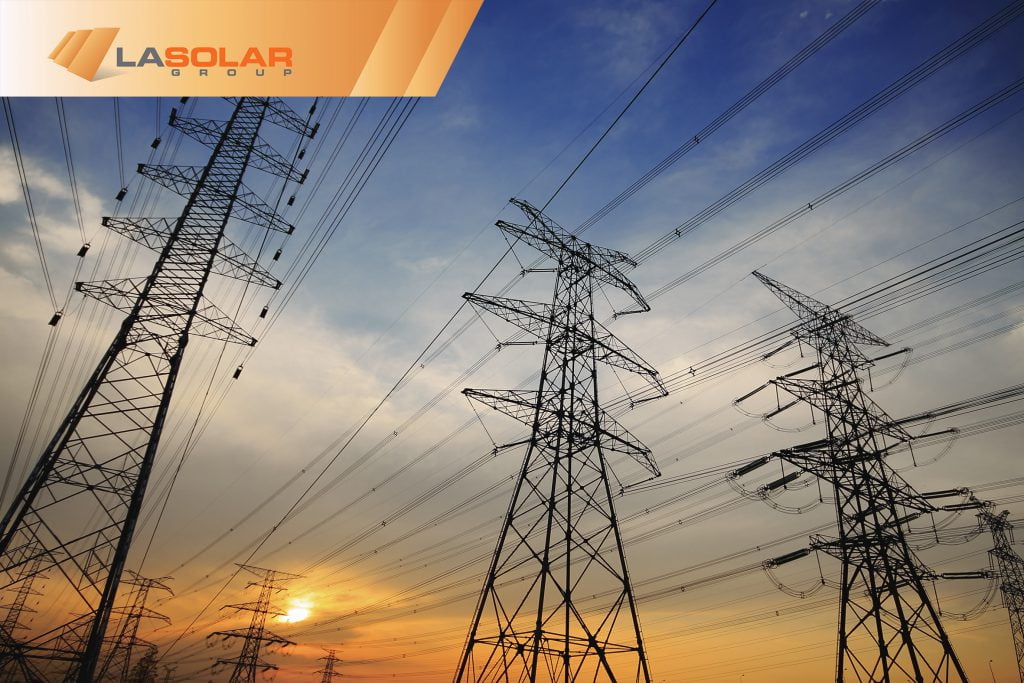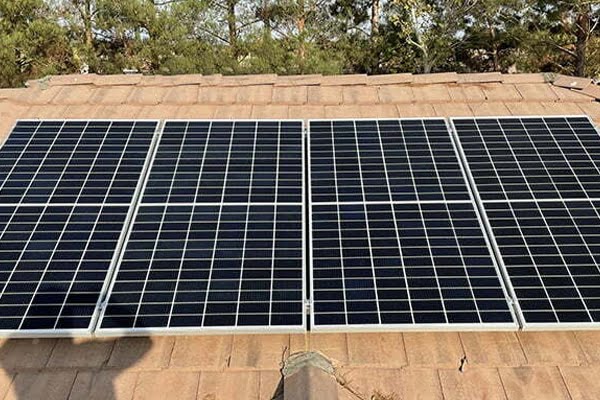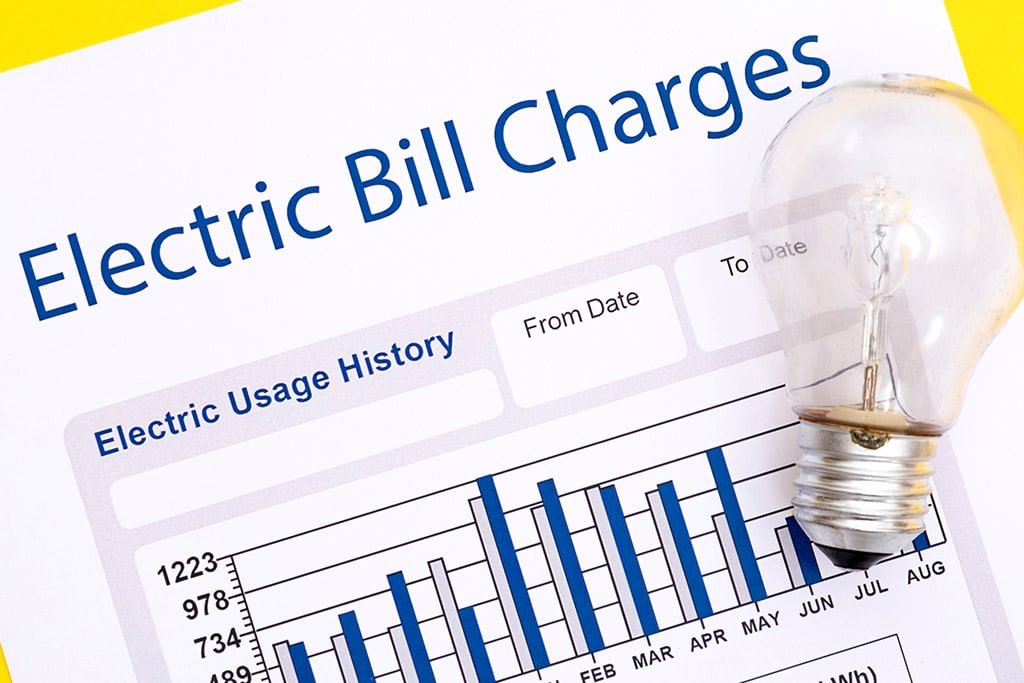The global revolution to be more responsible with energy use has changed how we consume one of our most demanding resource, electricity. Sustainable technologies such as wind and solar has catapulted energy efficiency efforts into the mainstream where all users from energy givers (utilities) to energy receivers (consumers) are cooperating with each other to be more responsible and renewable with how energy is generated, distributed, consumed, and stored. Demand Response Programs are strategies to reduce electricity demand at a time when such energy is being used beyond the capacity of what a utility company can provide. As our population grows, the more demand for electricity is going to be needed. Los Angeles’s population is growing at a rate .8% annually.
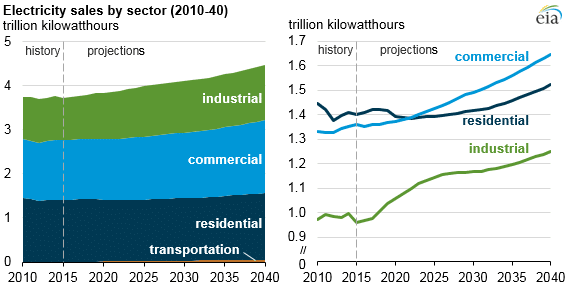
How Demand Response Works
Utilities are the energy providers that ensure their energy infrastructure, or grid, is operating in balance at a reasonable cost. Customers rely heavily on the energy utilities generate. However, at certain times and during certain circumstances when demand is high for electricity, the utility’s capacity to provide will be low resulting in a potential crisis such as a black out. Demand Response (DR) provides an opportunity for consumers to participate in a special program with the utility company to help reduce or shift their electric usage during peak periods. This allows utilities to optimize their supply of energy generation and delivery.
Peak Energy Times
There’s no question that homes and buildings heavily consume energy during various times of the day. Greater demand at certain hours of the day is why utility companies have setup the Time-of-Use plan (TOU) rating system so consumers can be smarter with their energy use. With the TOU plan, the cost of energy is more expensive at peak times when demand is high. During off peak hours typically at night, the cost of energy is low. This plan also seasonal with cost varying between winter and summer.

Image Credit: Cost Control Associates
Peak hours are high because that’s the time when certain loads (energy consuming equipment and appliances) such as HVAC systems, water heating, and other home, office, and industrial appliances are used. HVAC systems are one of the most widely used appliances across all building types. In summer, utility customers we receive more energy to keep cool while running the A/C. Unfortunately for the utility this is the time when most blackouts occur because their capacity to provide electricity is maxed out leading to instability with the grid.
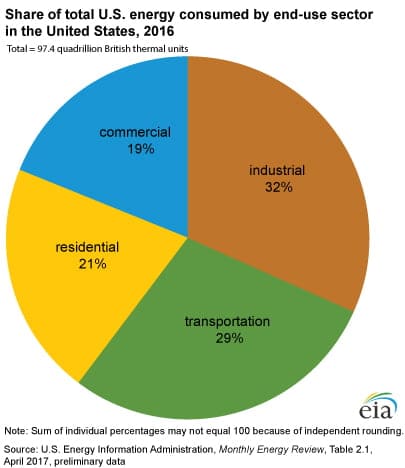
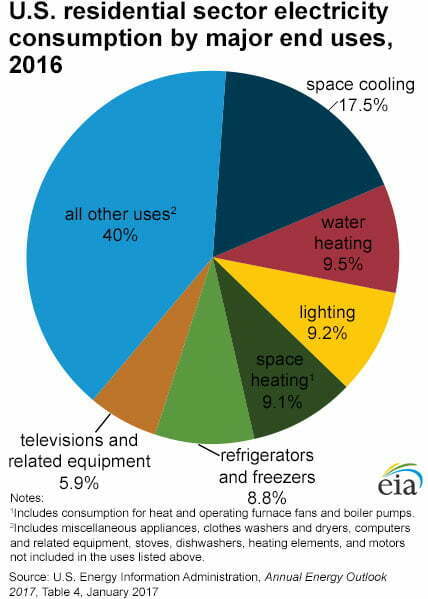
Demand Response Programs
Utilities ensure stability by setting in place DR programs to help reduce the enormous amount of stress on the grid during peak hour times. When many consumers each conserve their energy just a little, there’ll be enough power for everyone without the risks of power outages and blackouts – this is the fundamental concept behind a DR program. DR programs allow customers to reduce their energy usage during peak periods in exchange for a reduced bill. When demand becomes very high, DR participants will receive a notification from their utility either by fax, phone, or email warning them about the high usage. Also known as a DR “event”, these customers will have to shut down certain loads to reduce demand from the grid. Otherwise, the participants may see a penalty on their next bill depending on the type of DR program they enroll in.
DR programs are agreements between energy provider and consumer that grant reduced rates or rebates to customers that participate. The programs have various rates to select in combination of credits, penalties, and charges. DR programs can either be mandatory or optional with participants usually paying less for electricity. In a mandatory program, customers will have to modify their energy usage at that time when the utility has requested of them to do so. In optional programs, these customers can decide to make changes to their energy usage at a specific time of day on a case-by-case basis.
Both LADWP and SCE have implemented their own DR programs that are primarily dedicated to commercial property owners. However, residential property owners can also get involved by signing up to receive notifications on DR alerts and events. Flexalert is an optional California state-wide DR program for both commercial and residential customers to stay connected with their utility at times when Demand is high. Flexalert sends customers alerts on energy usage and potential events through email, phone, and text notifying them to reduce their usage in such circumstances.
Demand Charge
Commercial accounts such as office, retail, industrial, and manufacturing buildings have what’s called a “demand charge”. These customers have special rate plans set by the utility the based on a baseline of energy consumption they need from the grid. If the customer exceeds the baseline threshold, the utility with penalize their account. Let’s say a shopping center owner in Los Angeles has 3 tenants – an insurance company, a dental office, and a hardware store. The property’s electric grid is connected to Southern California Edison (SCE). As a customer, the owner’s account with SCE is based on a 20 KW monthly demand. As long as his property consumes electricity below a monthly demand of 20 KW, the owner meets his terms that were agreed to with SCE. If demand exceeds the 20 KW threshold, the owner will see a Demand Charge on his next bill. In such a situation, the property owner has 4 options to help reduce demand:
- Participate in a Demand Response program
- Install a solar system
- Consider battery storage
- Energy automation
Demand Response Strategies in Los Angeles
Various types of DR programs exist between utilities. Majority of property owners in Los Angeles will have accounts with either Los Angeles Department of Water and Power (LADWP), the largest municipal utility provider in the United States or SCE, one of three largest private utility providers of the California Public Utilities Commission (CPUC).
What is Load Shedding?
Load shedding is a strategy to reduce electric demand at a point of time when utilities meet their capacity to supply electricity to customers. Customers can use this strategy during high peak times when excessive load is required from the grid by reducing or shutting off certain equipment or appliances that consume energy. Load shedding helps stabilize the utilities capacity and avoids events such as blackouts. Adjusting the thermostat to 78 degrees or higher, turning off lights in unused areas, and decreasing the amount of laundry loads during peak hours are examples of load shedding.
What is Peak Shaving / Peak Shifting?
Peak shaving is when consumers use equipment and appliances at different times of the day rather than simultaneously at the same time of the day. In other words, daytime power demand such as doing laundry can be shifted to the evening during low-peak hours.
What is a Rolling Blackout?
When demand to provide electricity to customers becomes to high, the utility will have to respond by intentionally shutting down their electric grid for a set period of time. Such an event is called a rolling blackout. Delivery stops in a wave of blackouts over different regions of service. This last resort response by the utility is uncommon, but as a planned event, it’s the better option to avoid a blackout.
Solar Energy for Demand Response
For utility customers that aren’t capable to reduce their load or shift their energy usage, their best option is to simply produce their own energy to reduce demand from the utility – otherwise they can expect higher charges on the electric bill. Not only is solar energy renewable, it also helps utilities reduce their impact on the environment and decrease their need to generate energy from carbon emitting nuclear power plants. Solar is a great DR strategy because it’s powered by the sun producing the most energy during the peak hours of the day. Utilities companies across Los Angeles and California have encouraged solar to reduce their impact and improve their capacity. Utilities such as LADWP offer incentives and special programs such as Net Metering Energy to maximize energy distribution and use.
Battery Storage for Demand Response
Battery storage systems serve one purpose – to capture and store energy at a specified time of day then discharge the energy stored at a different time of day. The battery is an effective energy management tool designed to automatically peak shift energy. The storage system works by collecting electricity from either the grid or solar panels. If by the grid, the battery will only collect electricity during off-peak hours at night when the cost of energy is the lowest. If by solar, the battery will only collect solar power generated during peak hours when solar is most productive only to discharge when demand of energy is required. Battery can also be used as a backup system during times of an event such a blackout. With battery storage and solar, utility customers can achieve almost 95% independence by basically becoming their own energy provider without relying on the utility.

Energy Automation for Demand Response
Automation makes energy usage smart by managing when and how loads are activated and shut down. This strategy works when a property’s equipment and appliances are networked together into a central hub that’s controlled by the end user. The hub or control center, allows the end user to adjust, schedule, and conserve energy at anytime time of day regardless of where the end-user may be. With automation, the end-user can make changes and set schedules for any appliance whether onsite at the property or away from the property by internet or mobile phone app. With this system, property owners can simplify their consumption in order to reduce demand and keep their energy expenses low.
Summary
The impact of global warming and climate change has changed how we think about energy. Countries around the world have been able to make an impact to help reduce energy consumption and be smart with technologies that are healthy for the environment. Demand Response is a purposeful way to reduce the need to build an use power plants thus decreasing the impact of global warming from greenhouse gas emissions. Through collaboration and cooperation, utility energy providers and their customers can work together by considering smart solutions to be more energy efficient.


